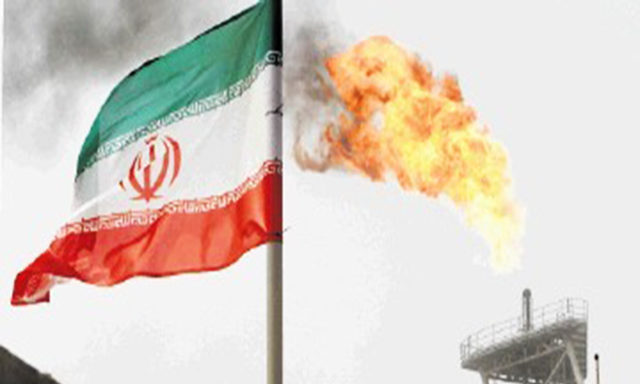
Oil shipments from Iran have reached their highest since sanctions were introduced two years ago – but demand from Russia has fallen, according to new figures from the world’s energy watchdog.
The International Energy Agency said it was marginally reducing its global demand growth forecast to 1.3million barrels of oil equivalent per day as Russia’s energy requirements dipped slightly.
But absolute demand remains steady as Asian countries outside the Organisation for Economic Co-operation and Development increased their requirements.
The figures, published by the IEA in their monthly oil market report, saw global supplies drop by more than 1.2million barrels per day during March, as OPEC output fell, but remained ahead of 2013’s figures thanks to increased output from growth areas such as the USA’s shale fields.
Iran’s crude shipments in February were the highest since the imposition of Western sanctions that have crippled its oil-dependent economy.
Imports of Iranian oil were 1.65million barrels a day in February, the highest level since June 2012, the IEA said.
March shipments were estimated to have fallen to 1.05 million barrels a day from February’s figure, “but that figure will likely be revised upwards closer to February levels upon receipt of more complete data,” the IEA said.
“Imports of Iranian oil are running well above 2013 levels for the third consecutive month,” the Paris-based agency said.
“Imports from Iran could remain high for April.”
An interim accord easing restrictions on insurance for Iran’s oil shipments and freeing up cash held outside the country went into effect in January, in return for a suspension of some parts of the country’s nuclear program.
Diplomats from Iran and the West will meet again on May 13 for talks, before a July deadline for a final deal.
The IEA revised upward February import volumes of Iranian crude by 240,000 barrels a day on more complete data.
Reduced supply expectations for formerly Soviet countries countries helped cut the non‐OPEC supply growth forecast by 250 000 barrels per day (250 kb/d), to 1.5 mb/d.
The agency also warned it expected global refinery crude demand to drop by 2mb/d until May due to planned maintenance.